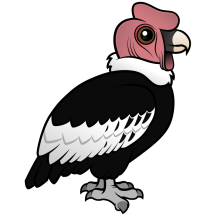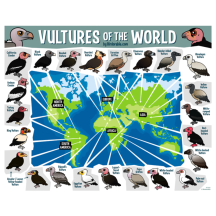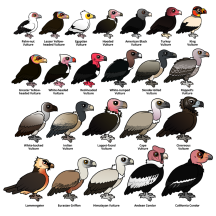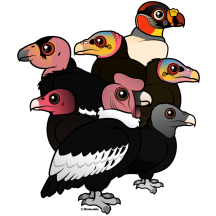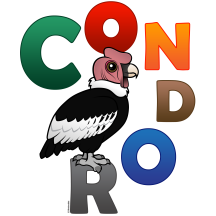The Andean Condor is one of the largest flying birds, with a wingspan of up to 10.5 feet. Andean Condors are native to the western part of South America, and are the national symbol of several South American countries.
Adult Andean Condors are black overall, with fluffy white feathers around the back of the neck and patches of white on the wings. Like vultures, condors have a relatively featherless head. Males sport a fleshy comb at the top of the head, along with a neck wattle.
Andean Condors are scavengers, like other species of condor and vultures. They feed on carrion which they find by traveling up to 120 miles a day.
































